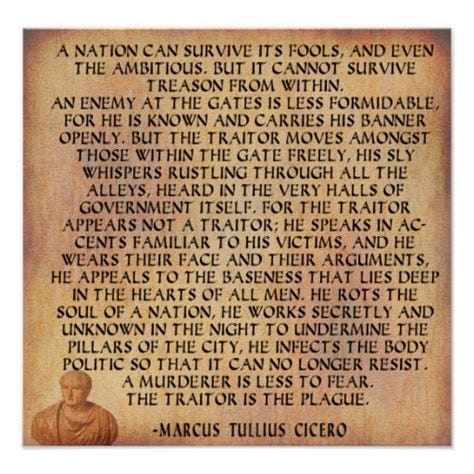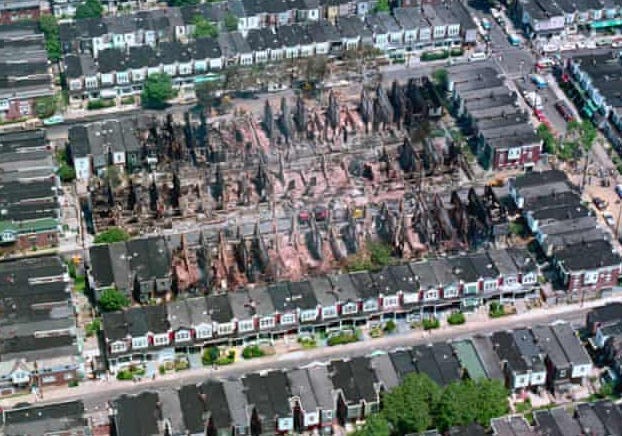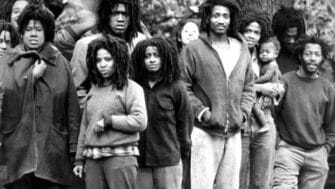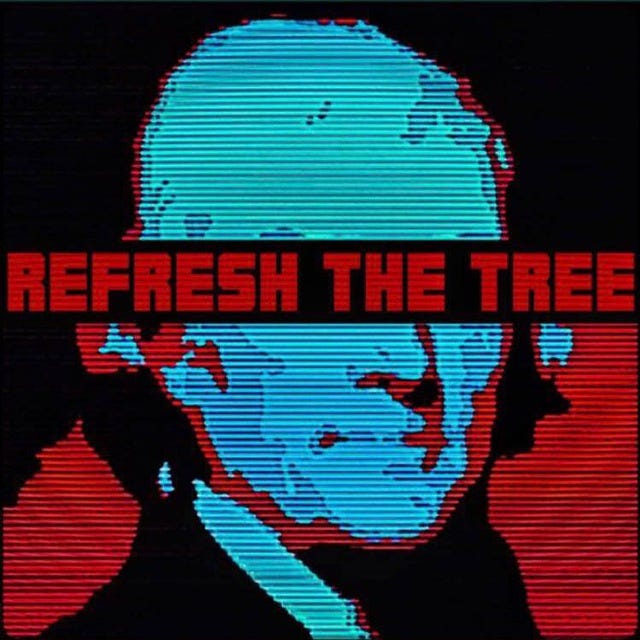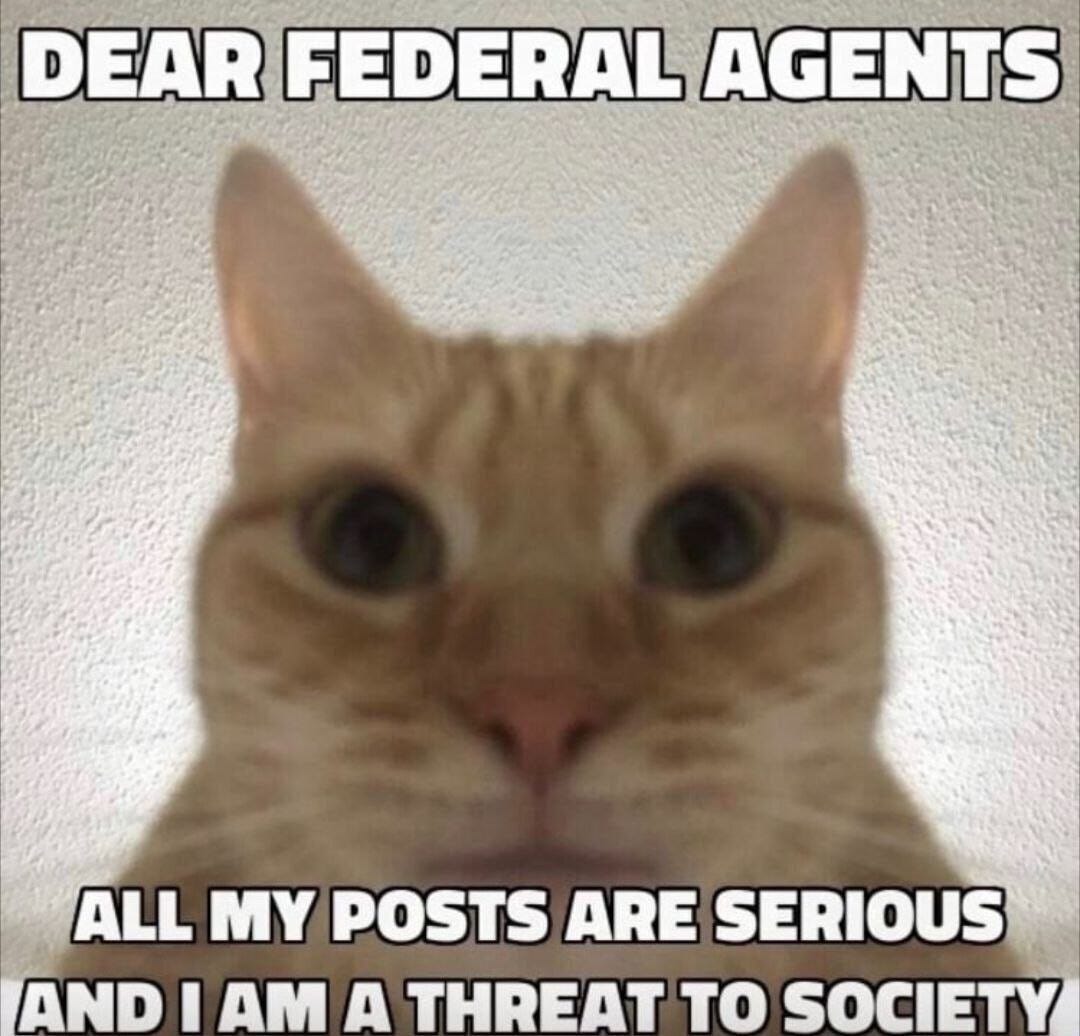Democide:
Democide is a term coined by American political scientist Rudolph Rummel to describe "the intentional killing of an unarmed or disarmed person by government agents acting in their authoritative capacity and pursuant to government policy or high command."[1][2] According to Rummel, this definition covers a wide range of deaths, including forced labor and concentration camp victims, extrajudicial summary killings, and mass deaths due to governmental acts of criminal omission and neglect, such as in deliberate famines like the Holodomor, as well as killings by de facto governments, i.e. killings during a civil war.[1][2] This definition covers any murder of any number of persons by any government.[1][2]
Greetings fellow Plebs & Peasants,
While much is written and discussed about incidents such as Waco and Ruby Ridge, this month marks the anniversary of two little known and mostly forgotten atrocities committed by government agents in the US, one being unarmed college students protesting the Vietnam War, the other being the firebombing of a neighborhood in a major US city that housed a black liberation organization, with victims that included women and children. Both unprovoked, and neither leading to any real accountability.
- jw
#DoNotComply #NoCompromise #NoSurrender #Gallows&Guillotines2023
Source: The Free Though Project
It's the Anniversary of the One School Shooting the Govt Won't be Ramming Down Your Throat
53 years ago today, The Ohio National Guard was dispatched to break up an anti-war protest at Kent State University which ended in the death of 4 people.
May 4, 2023
On May 4, 1970, a disorganized and nonviolent antiwar protest turned violent and deadly when the Ohio National Guard inexplicably opened fire on students at Kent State University — indelibly polarizing the United States populace to an extreme arguably unabated since.
Guardsmen opened fire on the assembled crowd, unleashing between 61 and 67 bullets in 13 seconds — which left four people dead and nine wounded. Now, 49 years after the unjustified bloodbath, critical questions remain unanswered about both details of the incident, as well as circumstances that culminated in the shooting of unarmed protesters.
Perhaps the only inarguable detail of the Kent State massacre, often referred to simply as “Kent State,” is the fundamental, polarizing shift in popular perception.
The younger generation epiphanically concluded that the constitutional right to speak against a government amounted to a hollow promise — and that same government harbored no qualms in deploying violence to quash such dissent. But that same generation of young people, generally under 30 years old, also witnessed their parents’ and the older generation’s acceptance of — and, often, prideful approval of — that exact violence by the National Guard.
Inaccurate propaganda worked brilliantly to the government’s advantage — both before and after the shootings — cleaving false divisions between the ‘dirty hippies’ and ‘ordinary’ Americans. Families of the dead and wounded received abhorrently telling letters in the weeks following.
Among the dead was an ROTC student-athlete who — evidencing the randomness of the shooting — had nothing to do with protests and happened to be caught at the wrong place at the wrong time. His parents received a letter, cited by The Bulletin, calling their son a “destructive, riot-making communist” — and they should “be thankful he is gone.”
Soldiers at Quantico Marine Base, the Bulletin reported, erupted in cheers when someone wrote, “Kent State 0, National Guard 4” on a chalkboard.
Shocking as those reactions to the killing of unarmed, peaceful protesters might be 46 years removed from that day, elements of division in the U.S. populace residually still affect the political climate.
As many activists observe, society-at-large tends to scoff at activity on which the roots of so-called American democracy was founded — dissent against the unjust — particularly when the injustice is effected by the government. It’s likely such misunderstanding and mischaracterization of what makes for a healthy, democratically-modeled system began in earnest in the turbulent 1960s, solidified with the Kent State massacre, and emphatically continues today.
Protests at Kent State prior to the shootings were debatably spurred by Pres. Richard Nixon’s announcement on April 30 about the expansion of the already-highly contentious Vietnam War into neighboring Cambodia. But, contrary to reports, outside agitators were not involved and angry protesters did not torch the ROTC building on the Kent State campus — a matter of no little significance, considering the Guard was only present to protect the burned-out building. Indeed, its torching has inexplicably been claimed as justification for the shooting.
Dean Kahler, an undergraduate at Kent State who was shot and paralyzed in the incident, explained in an interview with NPR the oft-touted idea students had torched the ROTC building has “always been one of the misconceptions. The Justice Department and the President’s Commission on Student Unrest basically said that the students didn’t burn the building down. It was burned down by someone who knew how to burn building[s] down.
“At the time the building burned down, there were virtually no students at the site. The building was totally surrounded by campus security and local police authorities. And so there was really no reason to assume that the students burned the building down. It’s one of the myths of the burning of the ROTC building.”
Another misconception, similarly proffered at the time as justification for the Guard to shoot, was the fiction the students had shot first. In fact, no one in attendance at the rally had firearms — and none expected the calm assembly to turn violent. So much so, even once guardsmen opened fire, most believed they were firing blanks — the idea of unleashing live bullets on a crowd whose greatest offense was profanity seemed so ridiculous, many couldn’t come to terms with seeing the dead and wounded.
Though there have been sparks and lulls in political polarization since the Kent State shootings, the incident’s epiphanic moment solidified national identity in two starkly contrary directions.
On one side, the pro-government nationalists generally willing to support authority for its own sake stood in unwavering support of the National Guard. On the other stood those questioning the event — a widely diverse counterculture who not only view patriotism for the sake of patriotism as hollow absurdity, but who also abruptly realized the necessity in questioning the governmental narrative and paradigm.
One pertinent question should come to mind, though, for people of either stance: why does government continually and only valorize the deaths of those who perish at the hands of civilian criminals, while either excusing or ignoring the value of lives lost to criminal acts by government agents?
Mass school shootings or apparent terrorist shooting sprees almost inevitably precede tears from the president and seeming noble calls for strict gun control to rein in the violence. But criminally negligent and wholly unjustified killings by law enforcement — both in the U.S.' current epidemic of police violence and in the example of Kent State — undoubtedly receive no such call.
Hypocrisy, even absent of words, can be enormously telling.
Whatever revelations May 4, 1970, managed to codify, humans maintain a startling tendency not to learn from the past; and, in fact, to frequently err in similar ways. With that in mind, 2023 marks a similar conflagration of competing political theories espoused by competing politicians, all parroted by disenfranchised voters — with underlying policies once again seeking to quash dissent.
“What could possibly go wrong?” you might ask.
On the anniversary of the day ‘war came home,’ it’s pertinent not to forget one answer: Kent State.
Source: The Free Thought Project
36 Years Ago Today, Police Fire Bombed a Neighborhood in Philly, Killing Women & Children
Eleven people were killed in Philadelphia on May 13, 1985, in one of the worst acts of police terrorism against the Civil Rights movement in U.S. history.
By John Vibes
May 13, 2015
Since the beginning of time, there has been a constant struggle between people who want to be free and those who seek to control them. It is an unending war that that rages just beneath the surface of "civilized" society, waiting to reach a boiling point where violence can erupt on the streets between police and citizens—or the oppressor and the oppressed.
Since our history is passed down by those who seek to control us, this struggle is framed in a way where the oppressors are always the innocent victims, and the oppressed the senseless terrorists when in reality, the opposite is usually true.
Nowhere is this situation more obvious than in the media coverage and cultural myths surrounding the American Civil Rights movement. Police would regularly raid the offices and homes of civil rights leaders, shooting first and asking questions later. In fact, many civil rights leaders did not make it through the 60s and 70s alive, and most of the original Black Panthers were either killed by police or imprisoned for life. Yet this aspect of the situation was entirely absent from the media reports of the day and is even rarely discussed in modern times.
One of the worst acts of police terrorism against the Civil Rights movement occurred on May 13, 1985, when the Philadelphia Police Department bombed the homes of a black liberation group called MOVE, killing 11 people, five of whom were children.
MOVE was a Philadelphia-based organization formed by Civil Rights leader John Africa in 1972, with the goal of creating a radical change in society by creating communities that lived according to their own rules and values, instead of under the authority of the federal government. MOVE crowdfunded the purchase of multiple adjacent homes in the city to build their headquarters, where members of the group lived communally and planned protests. Unfortunately, it was not long before they caught the attention of local police, who were threatened by their philosophy and their presence in the community.
Most mainstream coverage of this story highlights the fact that neighbors were unhappy with the living conditions in the compound, and it is often claimed that the police only became involved because they received complaints from concerned citizens who were uncomfortable that such a radical activist group was "in their backyard." However, it is important to point out that this was during a time of great social tension when racists would often use police as a tool of violence against their darker skinned neighbors.
In 1978, MOVE had their first major standoff with police after the city attempted to forcibly remove them from their homes. When police attempted to enter the house to take people away, a shootout erupted, and Philadelphia Police Officer James J. Ramp was caught in the crossfire and killed.
Members of MOVE have insisted all these years that Ramp was actually killed by one of his fellow officers in a case of friendly fire, which is an extremely plausible explanation considering that Ramp was shot in the back of the neck. Seven other police officers, five firefighters, three MOVE members, and three bystanders were also injured.
Despite the fact that there was no evidence tying any particular person to the single bullet that killed Ramp, nine members of MOVE were each sentenced to a maximum of 100 years in prison for third-degree murder. One person was killed with one bullet and nine people were sent to jail for their entire lives.
After the conviction of these political prisoners who would eventually come to be known as the "MOVE 9," the organization understandably became more militant and radical. Then, in 1981, the group established a new headquarters across town at 6221 Osage Avenue in the Cobbs Creek area of West Philadelphia. In addition to rebuilding their commune and staging protests, MOVE also set up a bullhorn outside of their headquarters that would regularly blast anti-government messages out to the community.
In 1985, after years of legal conflict, Mayor W. Wilson Goode and Police Commissioner Gregore J. Sambor classified MOVE as a terrorist organization and planned a full-scale raid of their headquarters. This time, police fully evacuated the entire neighborhood before moving in on the compound.
“There were nearly 500 police officers gathered at the scene, ludicrously, ferociously well-armed—flak jackets, tear gas, SWAT gear, .50- and .60-caliber machine guns, and an anti-tank machine gun for good measure. Deluge guns were pointed from firetrucks. The state police had sent a helicopter. The city had shut off the water and electricity for the entire block. And, we’d come to learn, there were explosives on hand,” one witness described the events to NPR.
After a standoff lasting several hours, police gave MOVE a 15-minute warning to surrender around 6 a.m. and they were met with gunshots from inside the building. That is when police returned fire, unloading over 10,000 rounds at the MOVE headquarters over the course of 90 minutes.
Next, the police dropped a bomb on the building from a helicopter, igniting multiple homes on fire.
Ramona Africa, one of the few survivors of the attack, spoke about her experience in an interview with Democracy Now in 2010, saying that:
“In terms of the bombing, after being attacked the way we were, first with four deluge hoses by the fire department and then tons of tear gas, and then being shot at — the police admit to shooting over 10,000 rounds of bullets at us in the first 90 minutes — there was a lull. You know, it was quiet for a little bit. And then, without any warning at all, two members of the Philadelphia Police Department’s bomb squad got in a Pennsylvania state police helicopter and flew over our home and dropped a satchel of C4, a powerful military explosive that no municipal police department has. They had to get it from the federal government, from the FBI. And without any announcement of warning or anything, they dropped that bomb on the roof of our home.”
The MOVE bombing is easy to sweep under the rug because its victims were radicals who rejected the norms of mainstream society. These people were peaceful until they were attacked, and it was only then that they responded with force, an action that would be considered self-defense in any other situation, but sadly fighting back against the state is typically portrayed as terrorism, instead of defense.
MOVE: Philadelphia’s Forgotten Bombing
Ways to connect
Telegram: @JoelWalbert
Email: thetruthaddict@tutanota.com
The Truth Addict Telegram channel
Hard Truth Soldier chat on Telegram
Mastodon: @thetruthaddict@noagendasocial.com
Session: 05e7fa1d9e7dcae8512eed0702531272de14a7f1e392591432551a336feb48357c
Odysee: TruthAddict
Donations (#Value4Value)
Bitcoin:
bc1qe8enf89g667dy890j2lnt637xqlt9wvc9f07un (on chain)
bc1qnqjdudgc0qr5yfrp826nxes8kljf9p07mwt3q3yjrd6gqwj0lqtswmy39s (lightning)
nemesis@getalby.com
joelw@fountain.fm
+wildviolet72C (PayNym)
Monero:
43E8i7Pzv1APDJJPEuNnQAV914RqzbNae15UKKurntVhbeTznmXr1P3GYzK9mMDnVR8C1fd8VRbzEf1iYuL3La3q7pcNmeN




